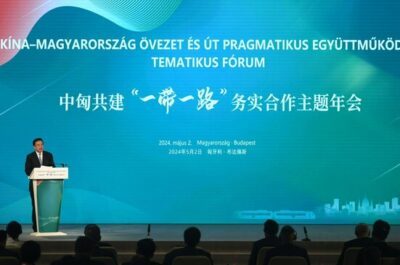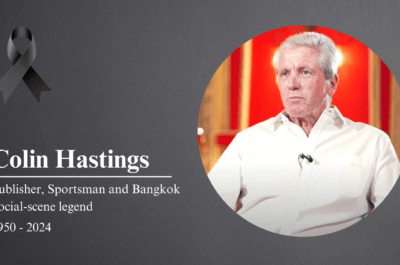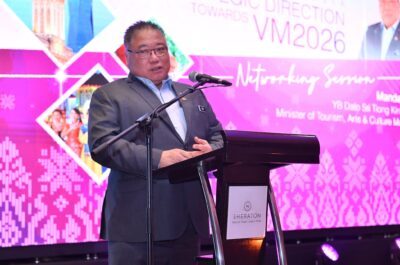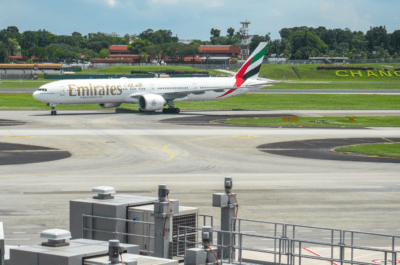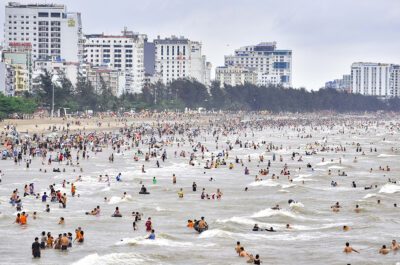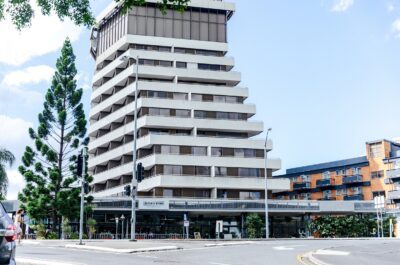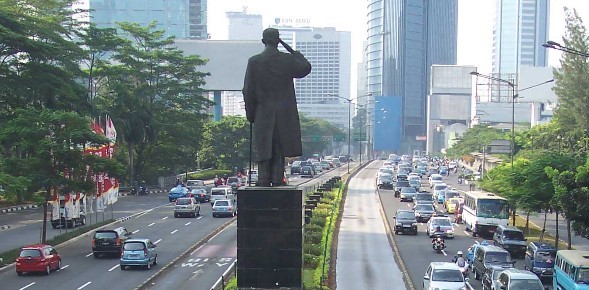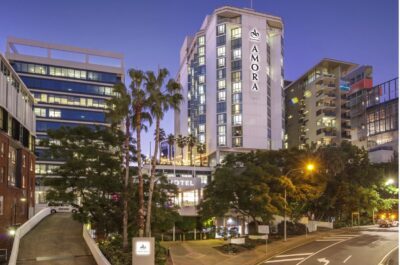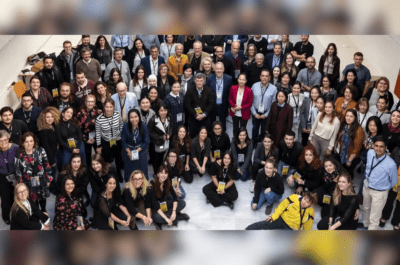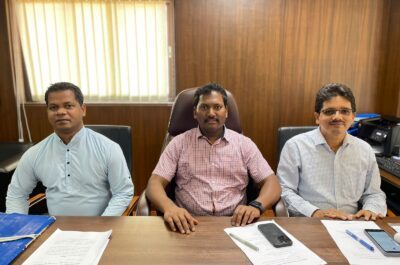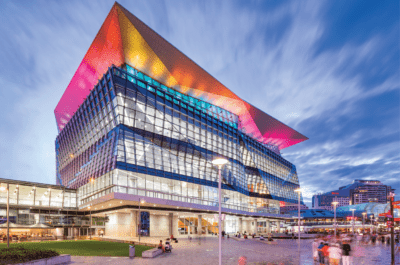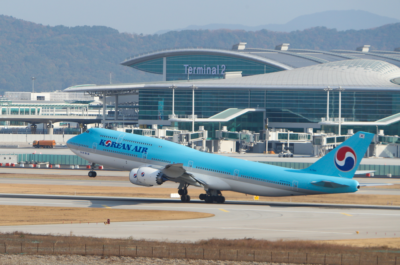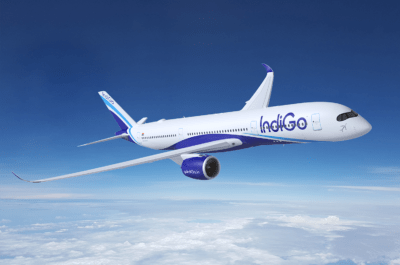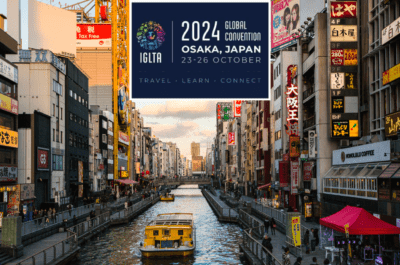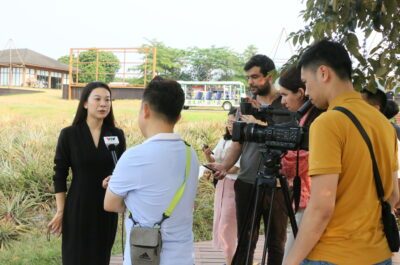Attractive demographics, a strong investment climate, and strong local demand are triggering significant consumer growth. Understanding these shoppers and their purchasing behavior is key to success reveals a newly published report from Boston Consulting Group.
JAKARTA – Indonesia is at the early stages of a period of strong economic growth, creating a wave of new middle-class and affluent consumers (MACs) that will grow in both size and purchasing power through 2020, according to a new report by The Boston Consulting Group (BCG). The report named “Asia’s Next Big Opportunity: Indonesia’s Rising Middle-Class and Affluent Consumers (MAC)”, was released last week.
With the fourth-biggest population in the world (including a high proportion of working-age people), a stable political climate, and strong local demand, Indonesia’s economy is currently growing at 6.4 percent a year. Such growth is lifting millions from lower-income socio-economic levels into the MAC categories. The number of MACs in Indonesia is projected to double between 2012 and 2020, from 74 million to 141 million. At that point, the island of Java alone will have more MACs than the entire population of Thailand.
“These consumers are the sweet spot of this market,” said Vaishali Rastogi, a BCG partner and co-author of the report. “They’re beginning to move beyond basic necessities to products that offer greater convenience and comfort, such as home durables, white goods, cars, and financial services.”
Despite this opportunity, very little has been written about MACs in Indonesia. To address this gap, BCG’s Center for Consumer and Customer Insight (CCCI) developed a proprietary population and spending model to analyze Indonesia’s MACs. The model looks at demographic indicators across seven islands, 33 provinces, 99 cities and 393 regencies.
It also analyzes spending data in key categories, including food, utilities, household supplies, and transportation. In September 2012, the CCCI also conducted quantitative research covering 3,950 consumers in 31 cities and regencies across Indonesia, as well as qualitative research through focus group discussions and in-home-visits.
The report discusses these findings in detail, giving companies a holistic picture of this emerging population, including its regional trends, preferred retail and marketing channels, and the key drivers that lead to purchases.
The data show that Indonesian consumers tend to be extremely family oriented, and as they move from lower-income classes into the middle and affluent classes, they are more likely to buy things that improve living conditions for their families than splurging on themselves. Some 63 percent say they never spend on themselves until the needs of the family have been met (compared with 46 percent in China). Such findings point to categories in which consumers would be willing to trade up as they enter the MAC segment, such as education, home renovations, consumer durables, and health care.
Similarly, the data show that even when MACs splurge on big-ticket items, they justify their purchases by focusing on functional benefits. For example, home durable products are viewed as long-term investments. Consumers justify the purchase of DVD players and flat-screen televisions as a way to save money on going out to the movies. “This has implications for the way that companies market their products,” said Dean Tong, a BCG partner and coauthor of the report. “Because functionality is so crucial, brand name recognition and clear messaging regarding product features will become increasingly important.”
The report also discusses regional trends that companies must understand if they are to effectively reach MACs. The MAC population is becoming more dispersed. Indonesia currently has 12 cities with more than 1 million MACs. By 2020, however, this number will roughly double, to 22 cities/areas with more than 1 million MACs (including emerging cities such as Palembang, Makassar, Batam, Semarang, Pekanbaru, and Padang).
This dispersal is very important for companies that target the MAC population. “Companies that are currently reaching 50 percent of the MAC base will need to double their regional presence if they want to maintain the same level of reach,” said Eddy Tamboto, a BCG partner and the second co-author of the report. “They will need to think about how they operate and scale up, how the organize their sales forces and supply-chain networks, and how they distribute goods to address demand in the lower-tier cities that they might have overlooked before.“
“Asia’s Next Big Opportunity: Indonesia’s Rising Middle-Class and Affluent Consumers” offers critical quantitative and qualitative insights that can help companies better understand Indonesia’s growing base of MACs and will be also of help for the travel industry to embrace fully the deep changes in Indonesia’s society and in its consumption’s patterns.
Luc Citrinot a French national is a freelance journalist and consultant in tourism and air transport with over 20 years experience. Based in Paris and Bangkok, he works for various travel and air transport trade publications in Europe and Asia.
